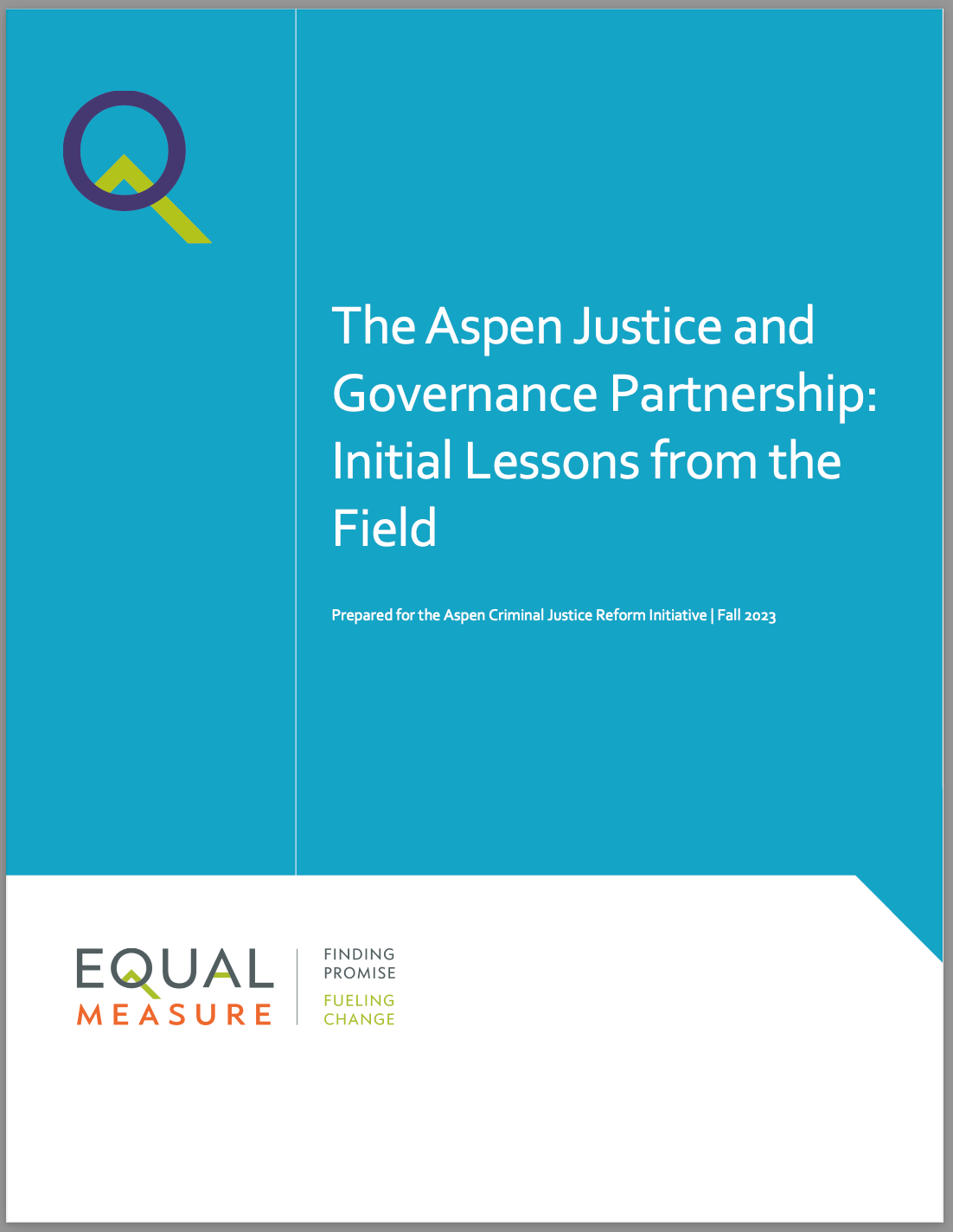Heidi Beirich leads the Southern Poverty Law Center’s Intelligence Project, which publishes the award-winning Intelligence Report and the Hatewatch blog. She is an expert on various forms of extremism, including the white supremacist, nativist, and neo-Confederate movements as well as racism in academia. She will speak in The America I Know track at the Aspen Ideas Festival.
You oversee the Southern Poverty Law Center’s yearly count of the nation’s hate and hardline anti-government groups. Is the number of these groups growing? Can you give an example of a few groups that have developed more recently?
These groups have been growing, and for some time. The number of hate groups started rising in 2000 after the Census Bureau, for the first time, announced publicly that in the 2040s there would be no white majority in the US. That obviously was a motivator for white supremacist groups to recruit, and they did aggressively. There were 602 hate groups in 2000 and there are 917 now. Obama’s election was also a factor, as well as the economic meltdown in 2008. But the most important factor leading to the growth of these groups is America’s changing demographics. The hate movement is capitalizing on this with those who share racial resentments and have built a backlash that comprised part of the electoral coalition behind President Trump, namely the “Alt-Right.”
In the last year, it was organizations such as Daily Stormer or Identity Europa that saw the biggest gains in terms of new chapters. They hitched their messaging to the Trump campaign and as a result, saw great increases in their ranks. Daily Stormer now has 400,000 page views a month and in the last year, moved from an online website to a real world organization with 30 chapters. The way the antigovernment movement, which includes gun extremists and those who think Democrats are out to destroy them, grows is a bit different. It tends to add organizations and chapters when Democratic presidents are in office, which happened under Clinton and Obama. In 2016, their number of chapters fell, likely as they watched the Trump campaign excel and eventually win in November.
Hate crimes spiked in the US following the November election. What’s the status of hate crimes now, six months after the election?
The SPLC documented about 1,800 hate crimes and bias incidents from the day of the election through February. It was an extraordinary number of such events, which typically occur in much smaller numbers during a similar period of time. The most targeted populations — immigrants and Muslims — were also subject to demonization during the election campaign. As we often say at SPLC, hate speech has real world consequences and they can be terrifying for the groups subject to demonization. Also, many of the crimes were specifically committed in Trump’s name. In the first month or so, about twenty percent of the incidents’ perpetrators referred directly to him.
What’s the goal of collecting data around the problem of hate?
The most important objective is to demonstrate that this is a continuing problem in America that needs to be addressed. Too often, people work under the assumption that all of America’s horrifying racial past is history. But a white supremacist governing structure didn’t disappear with the passage of the Civil Rights and Voting Rights Acts in the mid-1960s. And racists, who were backed up in their beliefs by law since the founding of the country, don’t just abandon those beliefs overnight. Detoxifying race in this country is a long-term project. Simply documenting that hate crimes are happening matters greatly in dealing with this problem. We should also hold accountable those who demonize populations for political reasons or other ends for the violence their words can unleash.
You told Mike Pesca on Slate’s The Gist podcast that hate crimes are the “most undercounted crime statistics.” How undercounted are these figures? And how can we find out the true level of hate crime in the US?
Hate crimes are brutally undercounted. The DOJ (Department of Justice) has conducted three major statistical studies of survey data compiled annually by the National Crime Victimization Survey (NCVS). These analyses make it clear that the number of hate crimes in the US is much larger than other counts, at 250,000 annually. Think about that for a second. The FBI reports about 5500 hate crimes annually, and has for decades. The NCVS data, however, says the number is 30 times that amount. That means the undercounting is serious and the system for collecting data on hate crimes basically broken. If we really documented 250,000 hate crimes a year, this issue would be a national crisis. We, as a country, would be working on it with policies and dedicating resources to it. But due to the undercounting, it simply isn’t a top priority in our political system. The UK, which has millions fewer residents than the US, counted over 50,000 hate crimes last year. It’s possible to do better, if we care about the issue.
You’re speaking in the America I Know track at the Festival. What don’t most Americans know or understand that you wish they did?
I wish they better understood the role hate continues to play in our political system and culture. Most Americans don’t realize how many of these groups exist, how often ideas from white supremacist circles make it into mainstream media and politics, and how much that impacts our society. Many people don’t realize that nearly all domestic terrorist attacks, or attempted attacks, are committed by white supremacists and not radical Islamists. In fact, our domestic terrorism problem is indigenous mostly, meaning it’s motivated by ideas about white superiority that are part of our culture, not some foreign import like radical Islam. Dylann Roof, who was driven by white supremacist ideology to kill black people in a Charleston church, is the norm for terrorists domestically. There is a certain naiveté on this point that I wish did not exist because we can’t combat these ideas if we don’t know about them, don’t care about them, or refuse to acknowledge them. We can only fix such problems when we are fully aware they exist.
This post originally appeared on the Aspen Ideas Festival site.


